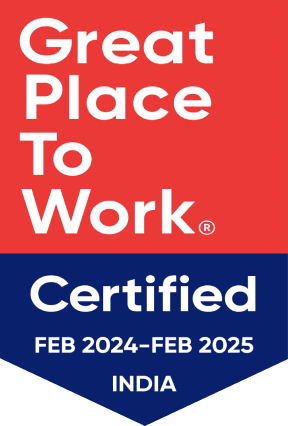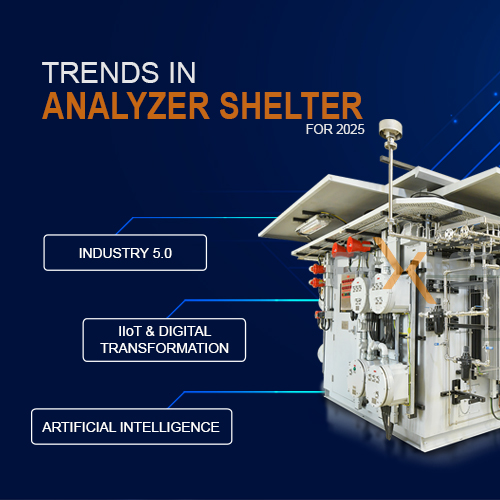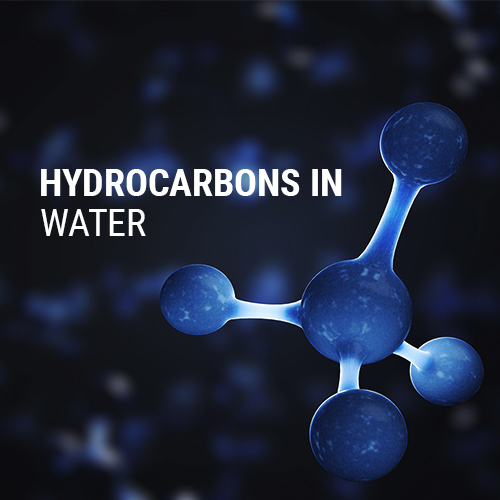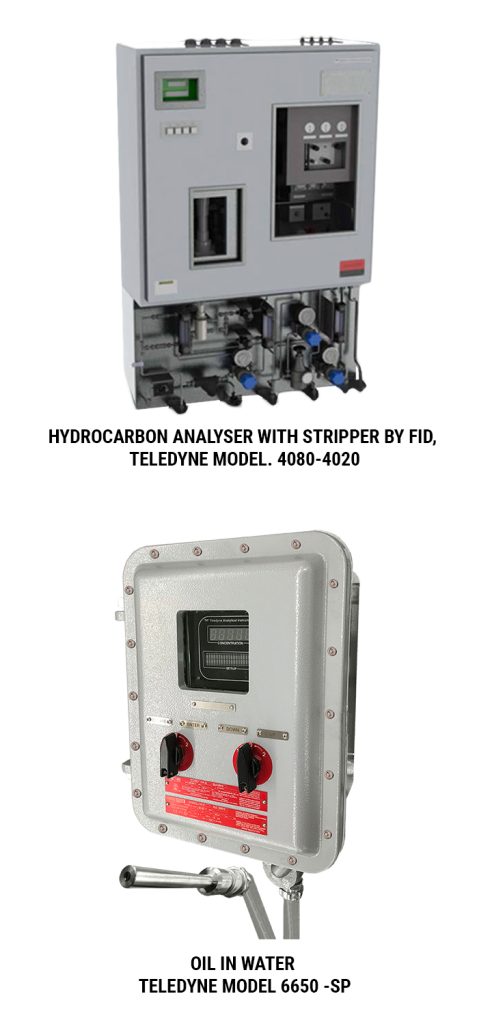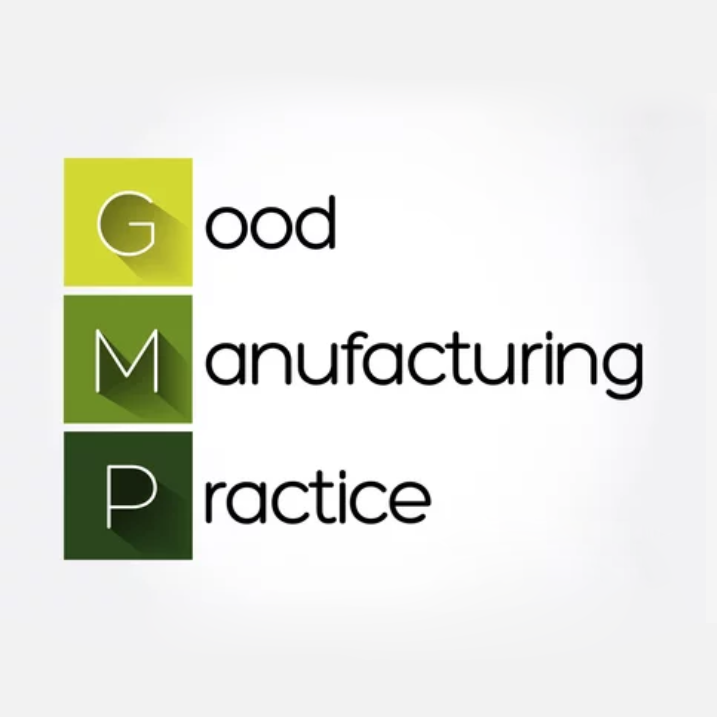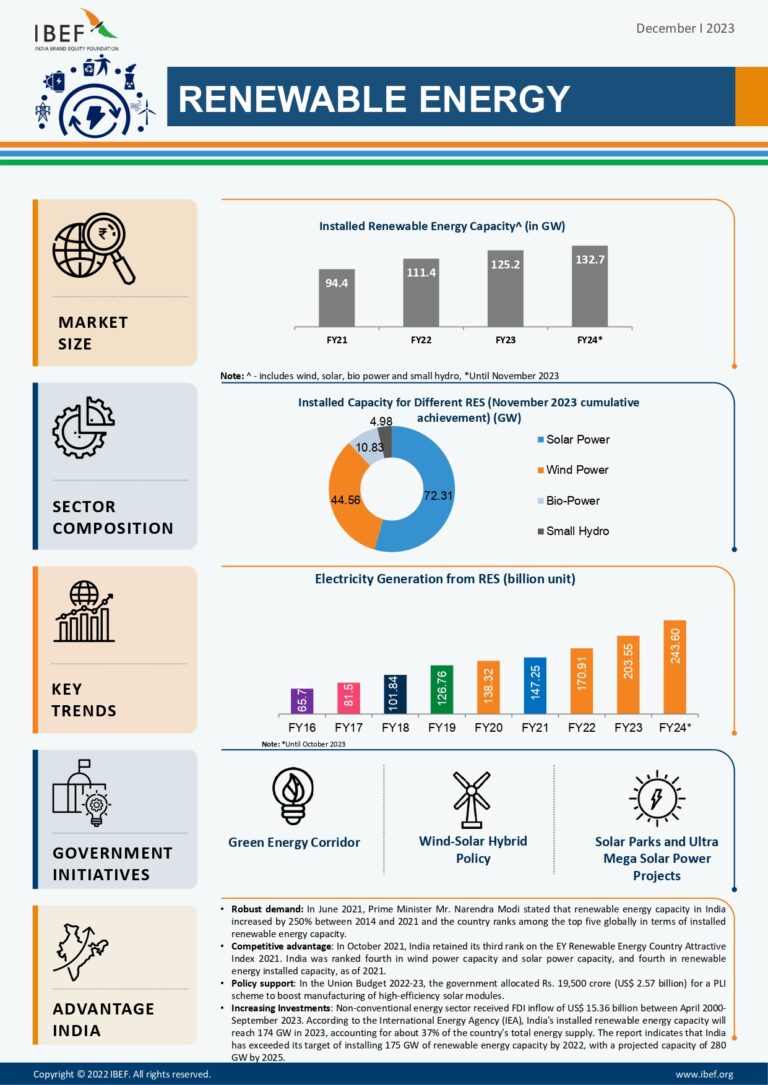
Trends in Analyzer Shelter for 2025: The Axis Solutions Advantage
Executive Summary:
This whitepaper delves into the transformative trends shaping the future of Analyzer Shelters in 2025. As the industrial landscape evolves, so too do the demands placed on these critical infrastructure components. We will examine how these trends are driving innovation and reshaping the industry, and how Axis Solutions, with its legacy of excellence and commitment to cutting-edge technology, is uniquely positioned to address these challenges and opportunities.
Trends Shaping the Future of Analyzer Shelters
1. Industry 5.0 and Human-Centric Automation:
- Focus on Sustainability and Circular Economy: Analyzer shelters will play a crucial role in monitoring and optimizing energy consumption, and human safety, and promoting sustainable practices.
- Enhanced Worker Safety and Well-being: Integration of advanced safety features, remote monitoring capabilities, and ergonomic design will prioritize worker safety and improve overall operational efficiency.
- Collaboration between Humans and Machines: AI-powered analytics and predictive maintenance will empower operators to make informed decisions, while automation will handle routine tasks, freeing up human resources for higher-value activities.
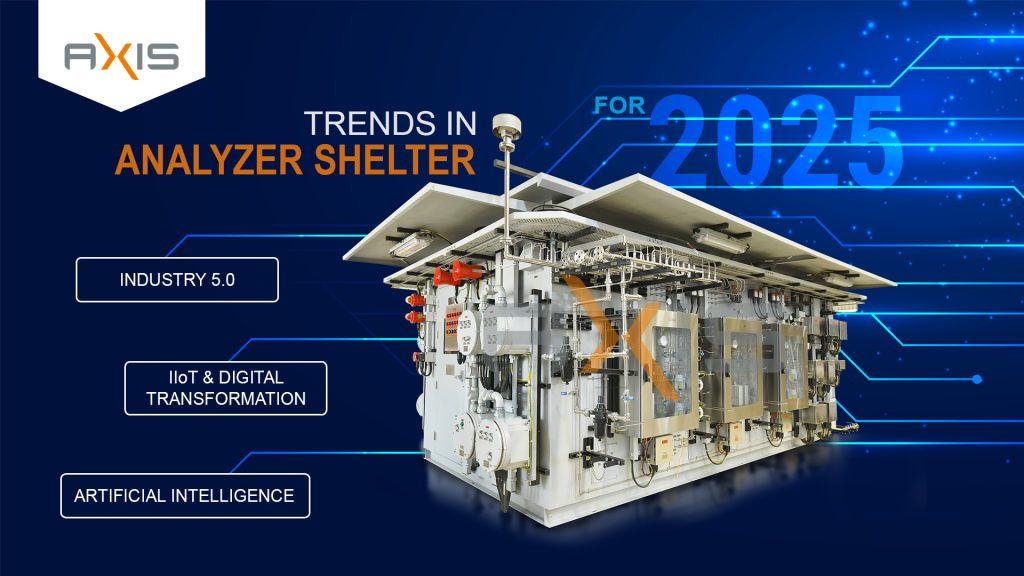
2. Industrial Internet of Things (IIoT) and Digital Transformation:
- Real-time Data-Driven Insights: IIoT-enabled analyzer shelters (Axis’ Smart Shelters) will generate vast amounts of data, enabling predictive maintenance, optimized performance, and proactive decision-making.
- Remote Monitoring and Control: Remote access and control of analyzer shelters will improve operational efficiency and reduce downtime.
- Cybersecurity and Data Privacy: Robust cybersecurity measures will be essential to protect sensitive data and prevent cyberattacks (IEC 62443 Compliance).
3. Advanced Analytics and Artificial Intelligence:
- Predictive Maintenance: AI-driven analytics will enable predictive maintenance, minimizing unplanned downtime and optimizing maintenance schedules.
- Anomaly Detection: AI algorithms will identify anomalies and potential issues in real-time, allowing for swift corrective actions for safety.
- Energy Optimization and ROI: Advanced analytics will optimize energy usage thereby improving efficiency, and enhancing overall performance.
The Axis Solutions Advantage
- Legacy of Excellence: With a rich history in analyzer shelter solutions for Hazardous areas, Axis Solutions has a proven track record of delivering reliable and innovative products.
- Cutting-Edge Technology: Axis Solutions is at the forefront of technological advancements, incorporating the latest innovations in IIoT, AI, and cybersecurity into its products.
- IEC 62443 Compliance: Axis Solutions prioritizes cybersecurity and adheres to the highest industry standards, including IEC 62443, ensuring the protection of critical infrastructure.
- IEC 61285 Compliance: We at Axis ensure analyzer shelters provide optimal environmental control, hazardous area safety, utility integration, and accessibility, enhancing performance, safety, and regulatory compliance in industrial settings
- Comprehensive Product Portfolio: Axis Solutions offers a wide range of products, including Analytical, Instrumentation, and Automation Portfolios, to meet the industry’s diverse needs.
- Customization and Flexibility: Axis Solutions provides tailored solutions to meet specific customer requirements, ensuring optimal performance and efficiency.
Axis Solutions: Pioneering Engineering Excellence for Large-Scale Projects
With over 25 years of legacy in engineering innovation, Axis Solutions stands at the forefront of delivering exceptional solutions for large-scale, complex projects. Our deep industry experience and proven track record position us as trusted leaders capable of handling multi-staging area projects with large physical sizes, ensuring every detail is meticulously addressed. From HVAC selection, manufacturing, and rigorous testing to providing cutting-edge solutions compliant with ATEX and IECEx certifications for explosive environments, Axis Solutions guarantees the highest performance and safety standards. As we solidify these capabilities in 2025, our ability to scale operations, deliver custom-engineered solutions, and uphold quality across industries worldwide continues to set us apart. Supported by a dedicated team, state-of-the-art facilities, and a commitment to sustainability, Axis Solutions is the ideal partner for high-stakes projects, ensuring your success with expertise and precision.
Conclusion
As the industrial landscape continues to evolve and grow increasingly complex, analyzer shelters are becoming indispensable for enabling efficient, sustainable, and secure operations across various sectors. Axis Solutions, with its rich legacy of excellence, unwavering commitment to innovation, and a steadfast focus on addressing customer needs, is uniquely positioned to lead the way in this transformative era of industrial advancement. By fully embracing the revolutionary trends of Industry 5.0, the Industrial Internet of Things (IIoT), and cutting-edge advanced analytics, Axis Solutions not only enhances operational efficiencies but also empowers its customers to achieve unprecedented levels of excellence, resilience, and long-term business success.
